Minolta MD 50mm f1.7 – Legacy 50mm. Which one is the best? Part 3
Apart of the aperture ring, that is made of plastic, the rest is solid metal and glass. A little red ball on the aperture scale, might remind you one famous brand.
Lens is small and light and look still pretty modern. 38mm long with diameter around 64mm. It takes 49mm filters. With its 156 gr, it fits perfectly small MLC bodies despite necessary adapter.
Lens construction is made of 6 multicoated elements in 5 groups.Focus ring is rubberized and very smooth.It takes only around 90° to pass through the full focus, which is very convenient.
6 blades aperture can be stopped from f1.7 to f22. Between f1.7 and 2.8 as well as between f16 and 22, you can’t set anything between. Between f2.8 and f16, there are half click stops.
Lens itself has been made in several versions, mine shown here is the latest (cheapest build quality) so called MD 3rd generation. Beside build quality and filter size reduction, optical formula is supposed to be the same among the versions. Some believes that earlier rokkors had better coatings. I have one Rokkor X 1.7, so might try it one day to see, if there is any difference in IQ.
Lens and Camera:
Following test shows lens character, color, contrast and out of focus rendition at most apertures.
 |
| Sony NEX 7 + Minolta MD 50mm f1.7 at 1.7 |
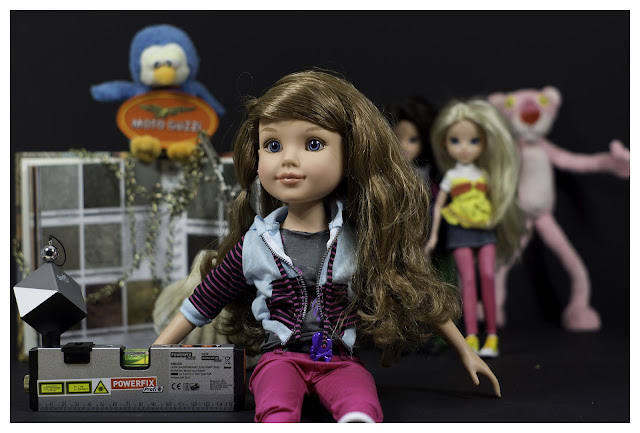 |
| Sony NEX 7 + Minolta MD 50mm f1.7 at 2.8 |
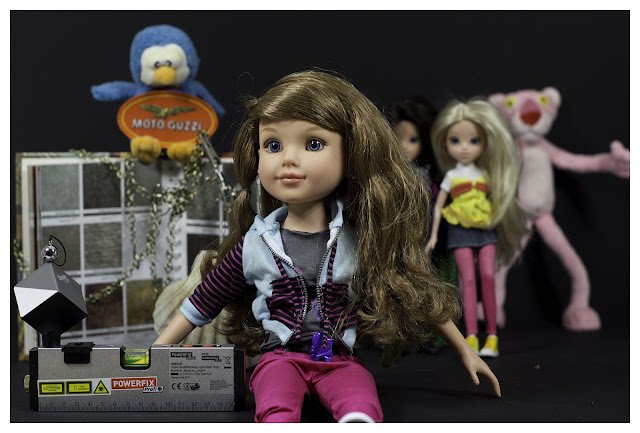 |
| Sony NEX 7 + Minolta MD 50mm f1.7 at 4 |
 |
| Sony NEX 7 + Minolta MD 50mm f1.7 at 5.6 |
 |
| Sony NEX 7 + Minolta MD 50mm f1.7 at 8 |
 |
| Sony NEX 7 + Minolta MD 50mm f1.7 at 11 |
 |
| Sony NEX 7 + Minolta MD 50mm f1.7 at 16 |
 |
| Sony NEX 7 + Minolta MD 50mm f1.7 at 22 |
Colors are rather natural, contrast is good even wide open.
Here are the 100% crops of the focus area.
Also Minolta is softer wide open, but this is rather typical for most fast lenses.
From f2.8 to f8, lens is very sharp across the frame. The sharpness seems very similar to the Pentax SMC 50 f1.7.
In a real life situations, corners wide open are slightly better than with Pentax SMC 50mm f1.7, while center resolution is slightly weaker at all apertures. But this is really cutting the hair.
Distortion
 |
| Sony NEX 7 + Minolta MD 50mm f1.7 at 5.6 |
If there is any, I can hardly see it.
Field Shots:
 |
| Sony NEX 7 + Minolta MD 50mm f1.7 at 1.7 |
 |
| Sony NEX 7 + Minolta MD 50mm f1.7 at 2.8 |
Bokeh
Surprisingly, out of focus areas are not the strongest characteristic of this Minolta. Bokeh is not bad, but it is a bit more nervous than with Pentax SMC 50 f1.7. In that department, Yashinon 50 DX f1.7 still leads.
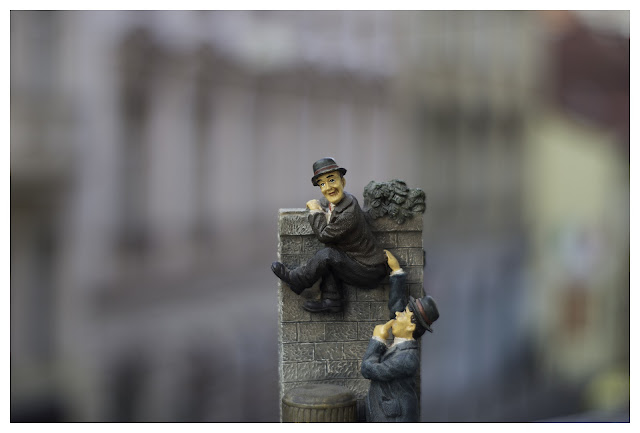 |
| Sony NEX 7 + Minolta MD 50mm f1.7 at 1.7 |
 |
| Sony NEX 7 + Minolta MD 50mm f1.7 at4 |
Landscape:
Once stopped down, to f5.6 or f8, all tested 50mm lenses so far, performs equally well. Looking for the differences will be pure nit picking and you should probably pay more attention to the lens hood, than to the brand itself. Wide open, there is visible purple fringing, but stopped down to f2.8 and above it is not a field relevant problem any more.
 |
| Sony NEX 7 + Minolta MD 50mm f1.7 at 8 |
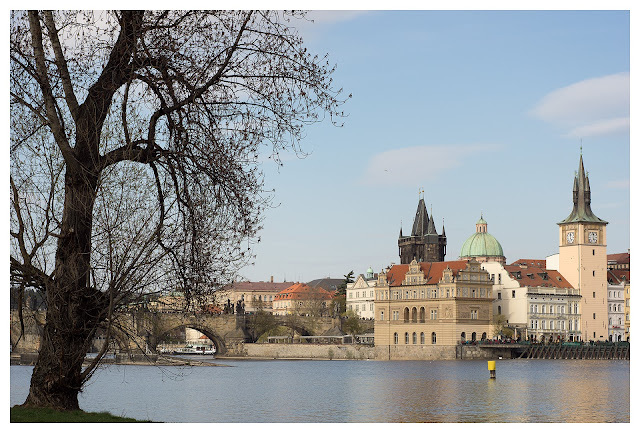 |
| Sony NEX 7 + Minolta MD 50mm f1.7 at 8 |
 |
| Sony NEX 7 + Minolta MD 50mm f1.7 at 8 HDR |









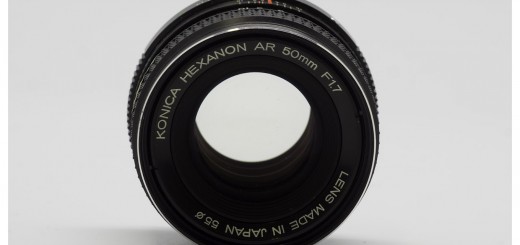
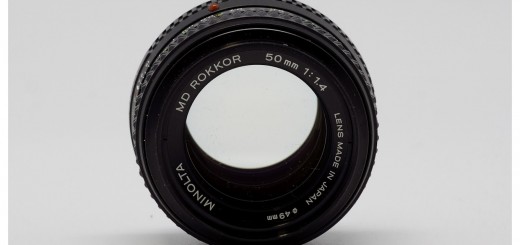
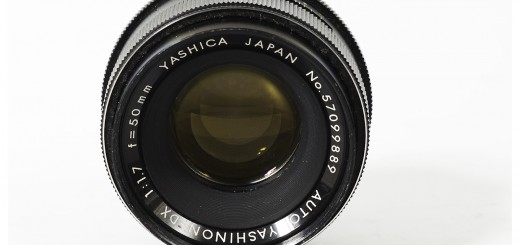













very nice review i think i will go ahead and purchase this now
-Eddie
I have this Lens and I use it on a Nex-5n. I like it because is light and balances well on the 5n.
Cheers.
Thanks for review, it was excellent and very informative.
thank you 🙂
Hi… I wondered if you had a comparison with the MD 1.7 lens and MD 1.4 lens? Is there a great deal if improvement in the f1.4 version?
thanks
Ian
Hi Ian, I don’t have direct comparison, but from some brief tests that I did on FF sensors, sharpest Minolta was actually 50/2 wide open. I wouldn’t expect big difference in sharpness between the two you mentioned, I have a feeling though that 50/1.4 has slightly higher micro contrast and there is that f/1.4 DOF benefit.
Cheers,
Viktor
My dog ate this lens.
How did he like it?
He just said ‘ruff’
Joking aside, I bought one just 2 hours ago for my Nex 5N for4 euros. It looks in perfect condition but I won’t find out for real until my MD/Nex adaptor (ordered 2 weeks ago) arrives. Focusing is a bit stiff though. Would silicon spray help? The serial number is 5487419. Will let you all know how it behaves.
Hi Malcolm, “ruff” means “great” in dogish I believe. To release the stiffness of the focus ring, you will need to open the lens and disassemble focus helicoid. It is my advice to give it to the proper service facility or to live with it. In any case, don’t spray anything on it or inside of it, that can permanently damage optics.
Let us know how you like it when your adapter arrives.
Cheers,
Viktor
Is there any indication that this is one of the great legacy era lenses that used Thorium in the glass and are radioactive?
Hi Mike,
AFAIK this lens doesn’t contain rare earth elements nor their side by product – Thorium.
Cheers,
Viktor
Nice review, there were 5 versions of this lens, only one MC version and 4 MD versions. The MC is noticeably different because it’s a 240g. It has a brass- aluminum helicoid, the only version that does of course so it weighs more….but it has pure Leica like smoothness and control, unsurpassed precision of all and if someone doesn’t think this matters more than sharpness ? I’m simply not speaking in terms you can comprehend because consistently nailing focus is everything in manual lenses, and sharpness is abundant in anything 50mm…..
The first MC Rokkor 50 1.7 didn’t hit the streets until 1973 and Thorium was prohibited or stopped in the 60’s
The other Minolta 1.7 was a “55mm 1.7” not a 50mm
The only real Thorium Minolta was the MC 28mm F2.5, I have one and they 100% require disassembly of the elements to be UV treated, the LED Jansjo lamp is nonsense hocus pocus and DOESN’T work
Thanks Humstump for all the remarks
I am the happy owner of MDIII 50 1,4 and 2,0; MDII 1,7, MD and MC PG 1,4.
All of them are good. The 2,0 is very even across the frame but might have a tad less microcontrast than others (easily fixed in post), the PG is excellent on most of the frame but suffers at borders and corners unless significantly stopped down; Haptics are fantastic. The 1,4 is excellent with excellent micro contrast and better performance on borders and edges compared to the PG, the 1,7 is as good as the 2,0 on borders and edges but has better micro contrast than the 2,0. Do not ask me why but I tend to use the 1,7…
Many years later, as you can see, I ended old lens testing and comparing for the most part. There are many reasons, economic included, but one of the main is that I learned in time, how hugely important the sample variation can be. Simply put, most out of this cheap category lenses are rather good, if you manage to get a good copy. Canon, Minolta, Pentax, Nikon, Olympus, Ricoh, Yashica, you choose, no big differences there (in the comparable FL and speed).
Happy shooting, Viktor